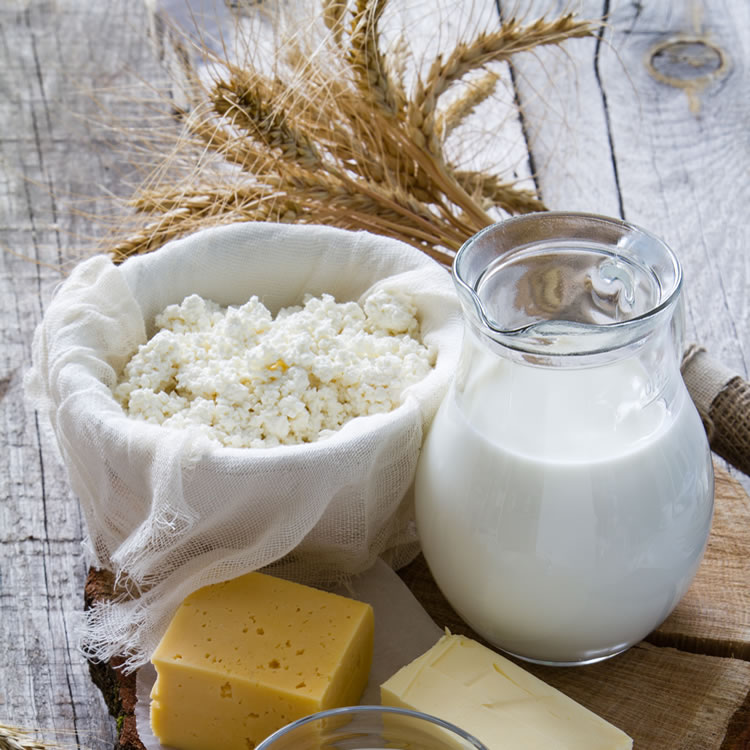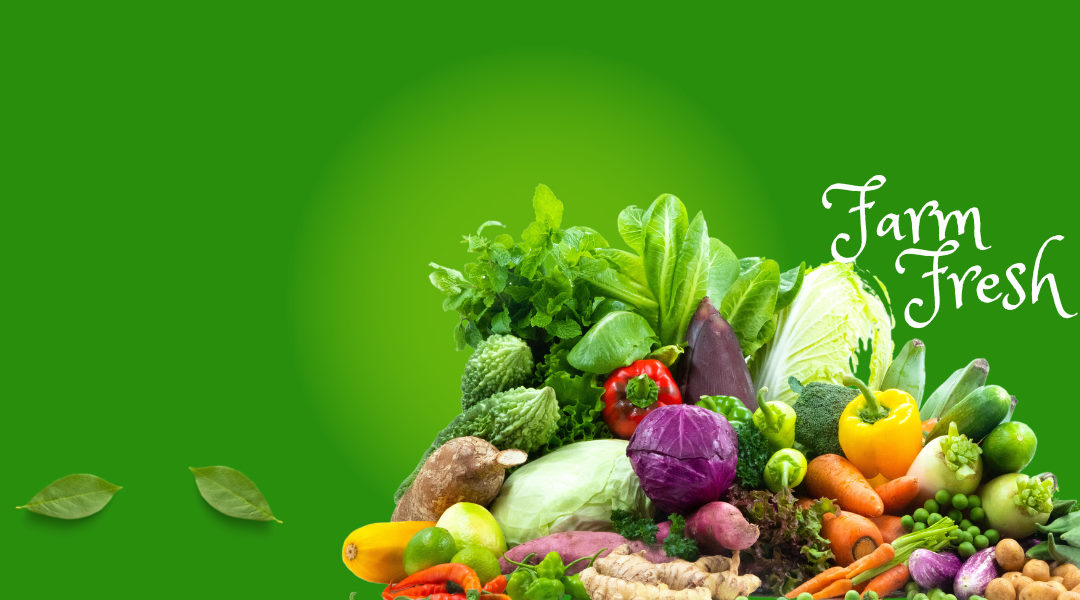Picture this, it’s November 2019 and you want to eat an apple, you get one out of the fridge, give it a cursory rinse at the kitchen sink and then take a big bite out of it. You chomp your way through it without a care in the world…
Fast forward to the early half of 2020. The world is a very different place, isn’t it? Now, when you want to eat an apple, you think maybe you should pour boiling water over it, soak it in that special fruit and vegetable disinfecting liquid you ordered by the gallon, definitely peel it, in fact maybe you should cook it, just to be sure?
I think most of us can’t deny the fact that it was Covid 19 and the global pandemic that made us consider (and in many cases obsess over) Food Safety. Suddenly it mattered a great deal where our food came from and how many people had handled it before it reached us. We all became hyper aware of everything we consumed, and we asked ourselves – is our food ‘safe’?
Of course, Food Safety has been a global health concern for a lot longer than just the past couple of years. Food Safety basically refers to the systems and practices that are observed during the handling, processing, and distribution of food. Proper Food Safety calls for collective responsibility, since every member of a food supply chain must ensure that no disease-causing contaminants can enter, at any point along the line.
Information released by the WHO reveals that at least 600 million people around the world are afflicted with foodborne illnesses every year due to the consumption of insanitary food, and over 400,000 of these are fatally affected. Food Safety is therefore not a luxury, it is a life-saving necessity for everyone, everywhere in the world.
Food can be contaminated in three main ways:

- Biological – where contamination occurs due to bacteria, mold, fungus, parasites viruses and other toxins.
- Chemical – this generally occurs due to accidental contamination from chemicals used during processes that take place along the production chain
- Physical – contamination happens due to the carelessness of employees working within the production chain
For companies like DICL in Sri Lanka, a Food Safety culture is one of the main pillars on which it’s vision and values are built. Name, Designation, describes the company’s approach to Food Safety as one that combats contamination in all its forms “At DICL our operation layout is designed to ensure microbiological, physical, chemical and allergen contaminations are controlled. Operational areas are all access controlled, personal hygiene is of the highest level and cross contamination is eliminated thanks to the highest standards of cleanliness. We ensure line cleaning, clearing, and opening steps that minimize contamination. We use only globally approved chemicals and tools for disinfection purposes, and believe in a top to toe methodology which ensures that every single surface is meticulously and regularly cleansed and disinfected’’
As with its counterparts across the globe, at DICL, Food Safety starts and ends with people. Personal cleanliness is of paramount importance. To ensure proper compliance, employees must cover their hair, wear protective clothing and footwear, and not wear any jewelry. Transparency and ethics are vital, as staff must make sure to report illnesses immediately and those whose symptoms include vomiting and/or diarrhea are not permitted to work till they are fully recovered. Sneezing or coughing over food is strictly prohibited. Disposable gloves and the use of utensils to handle food is mandatory, since direct hand contact is unsafe and therefore minimized at every possible opportunity.
Food Safety is a complex, layered, end to end process. So how do we as consumers judge whether a company is adhering to the highest possible standards? A good place to start, is by looking for companies that have achieved the following accreditations:
- HACCP – Hazard Analysis and Critical Control Points, is a systematic approach that relies on preventative measures to ensure food safety. Guarding against biological, chemical and physical hazards.
- GHP – Good Hygiene Practice, these apply across every step in the food chain, ensuring safe food that is free of contamination.
- GMP – Good Manufacturing Practices, a set of regulations, codes and guidelines that dictate ideal operational conditions for safe food production.
While Food Safety does begin at the source, it is something we need to be conscious of, and apply assiduously in our own homes as well. Some basic rules include:
- Ensure everything is clean – wash your hands but also make sure that counters, cutting boards and cooking utensils are all cleansed. Use hot soapy water. Sanitize or change your sponges and dish clothes regularly. All fruit and veg should be washed prior to eating – just because something is organic does NOT mean you don’t have to wash it!
- Keep raw food separately. Germs can travel from one food to another so keep raw meat, fish, poultry and even eggs separate from other food. Have separate cutting boards reserved for raw food.
- Make sure that you are cooking all meats to the proper temperature. Use a food thermometer to double check. Remember that while red meats and fish are cooked at 145 degrees Fahrenheit, poultry and ground red meat need to reach 165 degrees Fahrenheit.
- Use your fridge! Food should be put in the fridge within 2 hours of cooking or purchasing. The hotter the day, the faster food should be put in the fridge or freezer.
Food safety myth-busters:
- It DOESN’T happen immediately – If you do get sick, it CAN be from something you ate even 3 days before – dangerous microorganisms take longer to make you ill.
- The 5 second rule is a LIE – Microorganisms CAN transfer immediately, and in some cases cause disease. In short, if something falls on the floor? Don’t pick it up and eat it!
- You CAN’T tell from look or smell whether food is truly fresh or not – Most microorganisms don’t change the look and smell of food, but they CAN make you sick if you consume them!
Remember, older people, pregnant women, and individuals with diabetes, kidney disease, cancer or HIV/AIDS are all particularly vulnerable to foodborne illnesses – so if you are cooking and caring for someone in any of these categories, please be extra careful about where their food comes from.

